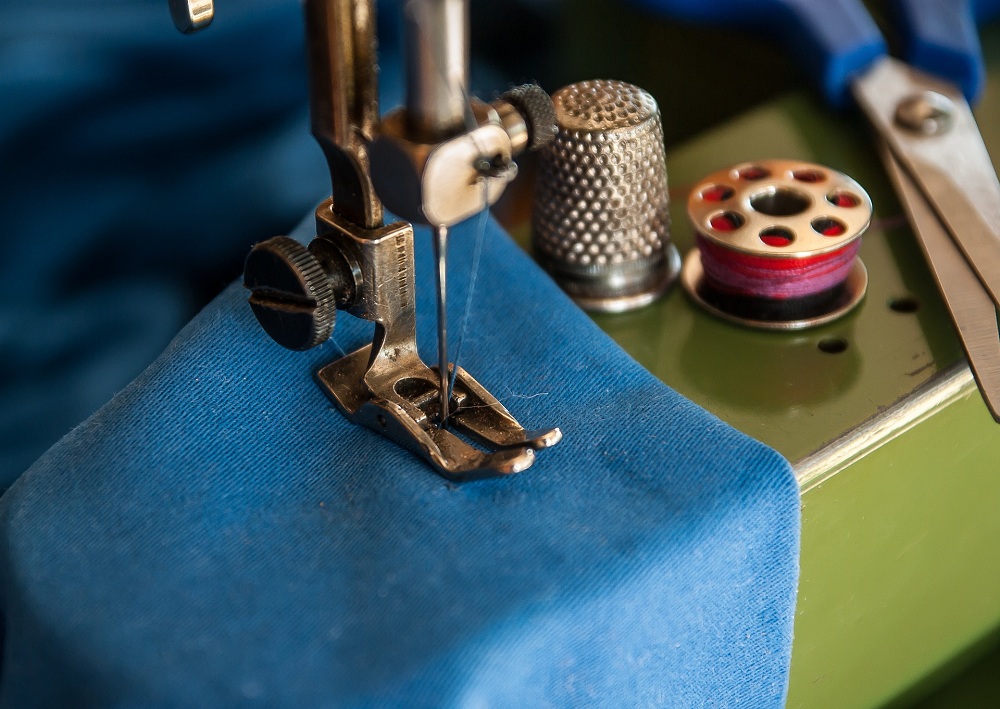Hip-hop is an American cultural movement manifested through a diverse range of music, dance, and other elements. It began as part of the African-American community in New York City during the late 1960s, and its popularity quickly spread across surrounding areas to become a global phenomenon. Hip-hop now has fans worldwide who participate in its four elements: MCing, DJing, break dancing, or graffiti writing.
Hip-hop Fashion
Fashion is common for rappers in their stage performance. The reason behind this is to showcase their exclusive style at its best. Mainly, they like to wear different types of jeans with newly designed T-shirts or hoodies. They also wear designer caps which are specially made for them by their designers with unique colors and embroidery.
Hip-hop fashion is an expression of self through clothing and accessories. It reflects the wearer’s personality, character, attitude, and personal tastes as an individual. Hip-hop fashion has changed significantly during its history, with numerous elements now at play—one of them being the influence of music videos on the markets.
Although many elements of hip-hop fashion have been around for decades, it is only recently that they have become a major industry. In the past, people who embraced hip-hop as part of their lifestyle were those such as breakdancers and DJs. However, with the increasing popularity of hip-hop culture, there has exploded a mainstream market for these elements within popular culture. Another example of the expansion of hip-hop’s reach is the popularity of hip-hop-themed films such as Paid in Full and How to Be a Player.
Hip-hop fashion is not limited to clothing, real hip-hop jewelry pieces, and accessories, but it has expanded into other elements—for example, tattoos have been a part of hip-hop culture since at least the 1970s.
The hip-hop fashion market encompasses prominent designers, secondary-level brands, vintage garage sale/thrift stores, and straight-up knock-offs. Many consumers still think of hip-hop as a subculture mainly catering to African Americans within the inner cities, yet this is no longer the case. Hip-hop fashion has gone mainstream with luxury brands such as Gucci, Louis Vuitton, and Versace and high street brands such as Zara, Topshop, and Uniqlo. In addition to this, many online retailers are stocking hip-hop-inspired clothing from the likes of Hood By Air, Trapstar, Adidas Yeezy Season 1, etc.
Hip-hop fashion design is also a large part of the fashion design industry, where many professionals make their careers as high-profile designers dealing with the hip-hop market. In addition to this, some professional models specialize in hip-hop-style modeling, and news articles talk about designers and how they cater to urban populations.

Hip-hop fashion has been around since at least the 1970s, stemming from a combination of influences from Jamaican and black American culture. Early hip-hop fashion included blue jeans and popular T-shirts with prints that ranged from band logos to political messages.
The popularity of this style caused many young people to wear it as an everyday clothing choice. This represented one of the first stages in which hip-hop was embraced by mainstream society.
Hip-hop Roots
In the early to mid-80s, hip-hop fashion remained rather conservative compared to future designs. In an effort to seem more acceptable, people wore baggy clothes such as oversized pants and dressy-type sport coats. While this style did not accurately reflect how poor urban youth lived, it was their way of making an act of protest against society.
During the late 80s and early 90s, hip-hop fashion started to move away from conservative clothing to more flashy styles that represented wealth, status, and materialism. Pants became tighter to reflect the growing street dancing scene in New York. Tracksuits were popular in this era as well. At the time, hip-hop fashion was not indeed a mass marketable industry.
A large part of the movement included designers such as Tommy Hilfiger and expensive brands such as Ralph Lauren and high street stores such as Topman and Zara. This led to many luxury brands incorporating elements from urban culture into their designs. The increasing popularity of hip-hop fashion among the youth also led to hip-hop artists such as Sean Combs (Puff Daddy) and Russell Simmons making their own brands. This included Sean John and Phat Farm—popular brands among celebrities and hip-hoppers alike —which made it easier for mainstream consumers to find clothing that reflected contemporary tastes.
Hip-hop fashion has come a long way since its humble beginnings as a culture created by young minorities with limited economic capital. A large part of this has to do with the increasing number of people who embrace hip-hop as an art form and lifestyle, leading to it becoming mainstream. The industry is filled with both high-end designers and streetwear brands catering to this market.



